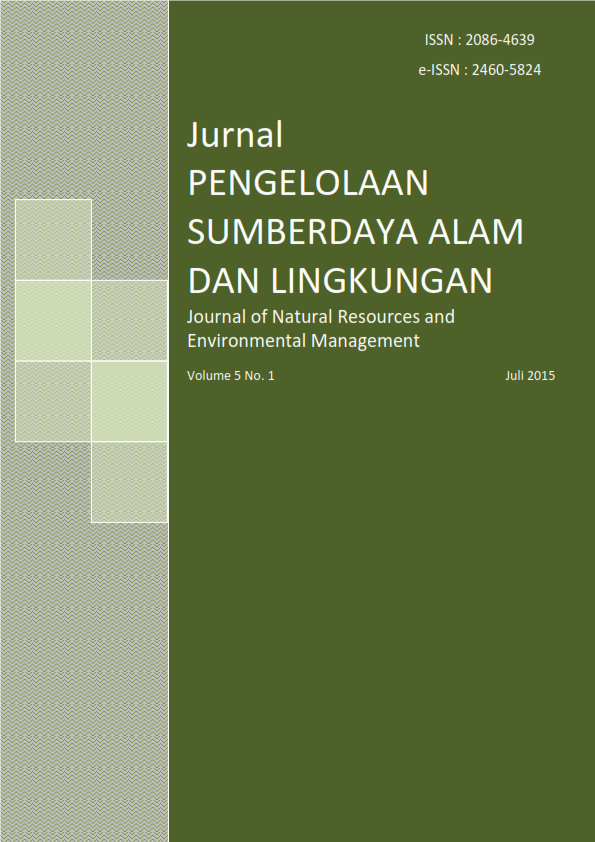ARAHAN DAN STRATEGI PENGEMBANGAN AREAL BEKAS TAMBANG TIMAH SEBAGAI KAWASAN PARIWISATA DI KABUPATEN BANGKA
Abstract
Bangka Island is known by the people of Indonesia and the world as the island's largest tin producer in Indonesia and has potential natural attractions such as beaches that surround the island of Bangka.This study is motivated by the former tin mining land that is not used optimally. One of waysis used to utilize former tin mine area is to develop it as a tourism area in Bangka Regency. The aim of this study is to identify and map the former tin mining area, to find out the priority areas of tourism development, to find out the types of tourism that can be developed, and to formulate strategies in the development of the former tin mining area as a tourism area. The analytical method used is the analysis of Geographic Information Systems (GIS), schallogram analysis, AHP and A'WOT (combination of AHP and SWOT). The result showed that the area of the former tin mines in Bangka spread six sub-districts. The priority areas for the development of the former tin mining area as a tourism area directed at Riau, Parit Padang, Kuto Panji and Kenanga Village. According to the perceptions of stakeholders, the types of tourism that can be developed on a former tin mining areas prioritized in the natural attractions of water recreation, culture tourism in the form of a tourist village, and artificial tourism in the form of edutourism. The main priority strategies that can be done is to develop mining tourism as a brand image.
Keywords: former tin mining, mining tourism, development strategy
Authors
Authors who publish with this journal agree to the following terms:
- Authors retain copyright and grant the journal right of first publication with the work simultaneously licensed under a Creative Commons Attribution License that allows others to share the work with an acknowledgement of the work's authorship and initial publication in this journal.
- Authors are able to enter into separate, additional contractual arrangements for the non-exclusive distribution of the journal's published version of the work (e.g., post it to an institutional repository or publish it in a book), with an acknowledgement of its initial publication in this journal.
- Authors are permitted and encouraged to post their work online (e.g., in institutional repositories or on their website) prior to and during the submission process, as it can lead to productive exchanges, as well as earlier and greater citation of published work (See The Effect of Open Access).






